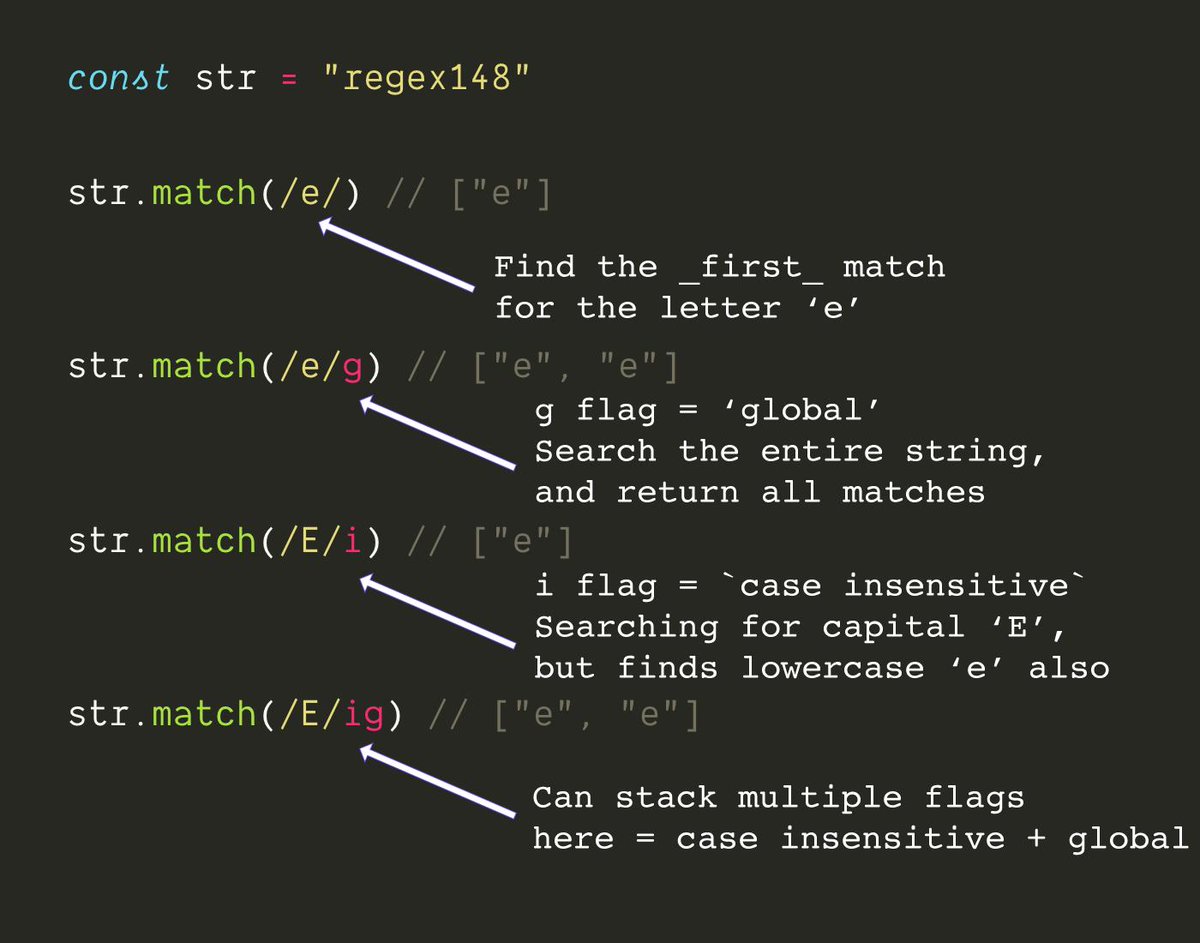
The backslash character ( \ ) is used in regular expressions to "escape" special characters. This is interpreted by SPL as a search for the text "expression" OR "with pipe".

For example, A or B is expressed as A | B.īecause pipe characters are used to separate commands in SPL, you must enclose a regular expression that uses the pipe character in quotation marks. Here are a few things that you should know about using regular expressions in Splunk searches.Ī pipe character ( | ) is used in regular expressions to specify an OR condition. You can also use regular expressions with evaluation functions such as match and replace.

You can use regular expressions with the rex and regex commands. rex max_match=10 offset_field=newofield "From: (?.*) To: (?.Splunk Search Processing Language (SPL) regular expressions are PCRE (Perl Compatible Regular Expressions). The max_match and offset_field options must be specified before the argument. The field option must be specified before the or argument. Options must be specified before the expressions New in SPL2 is support for raw string literals. ĭifferences between SPL and SPL2 Support for raw string literals This substitutes the characters that match with the characters in.The syntax for using sed to substitute characters is: y/// can be either: g to replace all matches, or a number to replace a specified match.Use n for backreferences, where "n" is a single digit. is a string to replace the regex match.is a PCRE regular expression, which can include capturing groups.The syntax for using sed to replace (s) text in your data is: s/// When using the rex command in sed mode, you have two options: replace (s) or character substitution (y). For a longer file path, such as c:\\temp\example, you would specify c:\\\\temp\\example in your regular expression. You must escape both backslash characters in a file path by specifying 4 consecutive backslashes for the root portion of the file path. When a search includes a regular expression that contains a double backslash, for example to represent a file path like c:\\temp, the search interprets the first backslash as an escape character. SPL2 uses the asterisk as a wildcard character. The asterisk ( * ) character is a reserved character in SPL2 and can't be escaped. If you want to match a period character, you must escape the period character by specifying \. ) character is used in a regular expression to match any character, except a line break character. You don't need to escape the backslash character in the character class. The following table describes the methods and shows an example:Įnclose the string expression in quotation marks and escape the backslash character in the character class.Įnclose the string expression in forward ( / ) slashes. Regular expressions that include a character class, such as \d or \w,Ĭan be specified using one of two methods. The backslash ( \ ) character is used to ignore, or escape, most special characters in regular expressions. This is interpreted by SPL2 as a search for the text "expression" OR "with pipe".

For example, A or B is expressed as A | B.īecause pipe characters are used to separate commands in SPL2, you must enclose a regular expression that uses the pipe character in double quotation marks. See rex command syntax details.Ī pipe character ( | ) is used in regular expressions to specify an OR condition. The Edge Processor solution, which uses the rex command, supports Regular Expression 2 (RE2) syntax instead of PCRE syntax. SPL2 supports perl-compatible regular expressions (PCRE) for regular expressions.


 0 kommentar(er)
0 kommentar(er)
